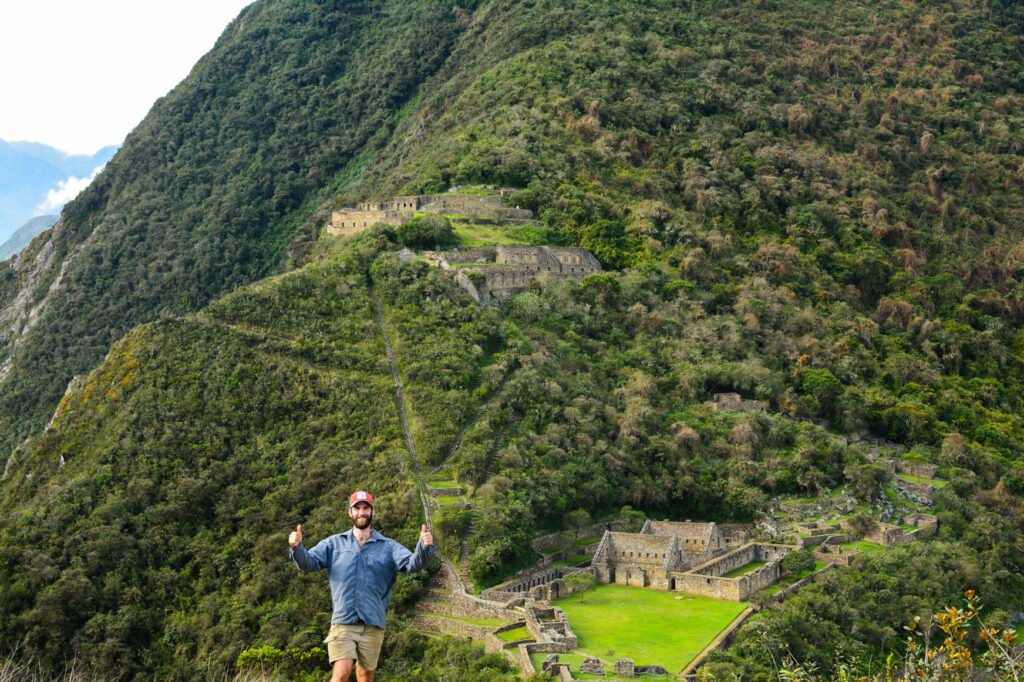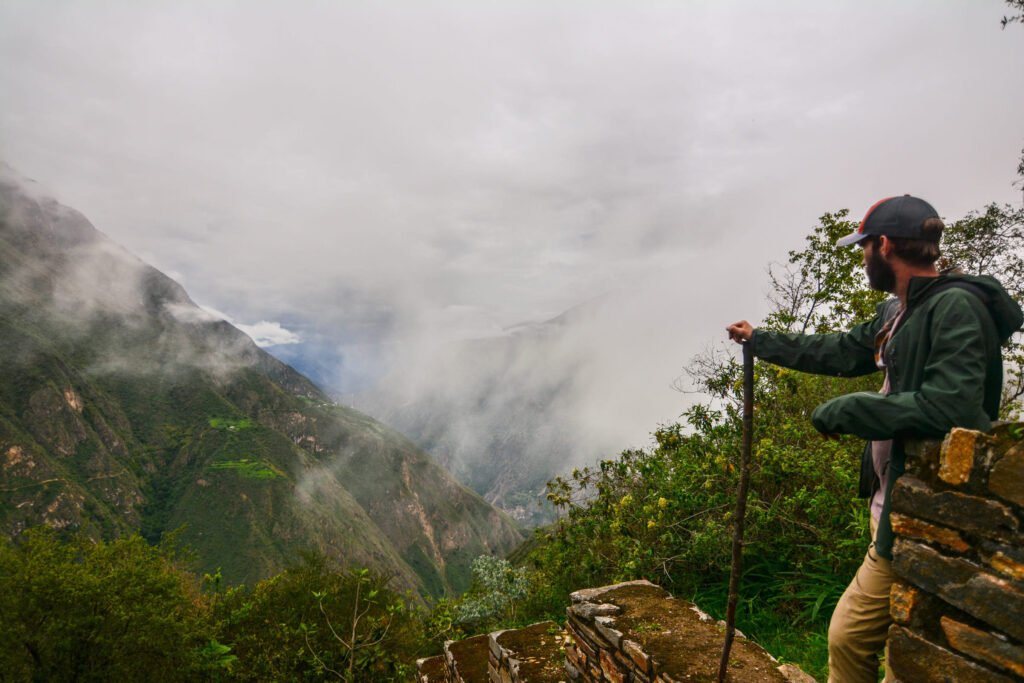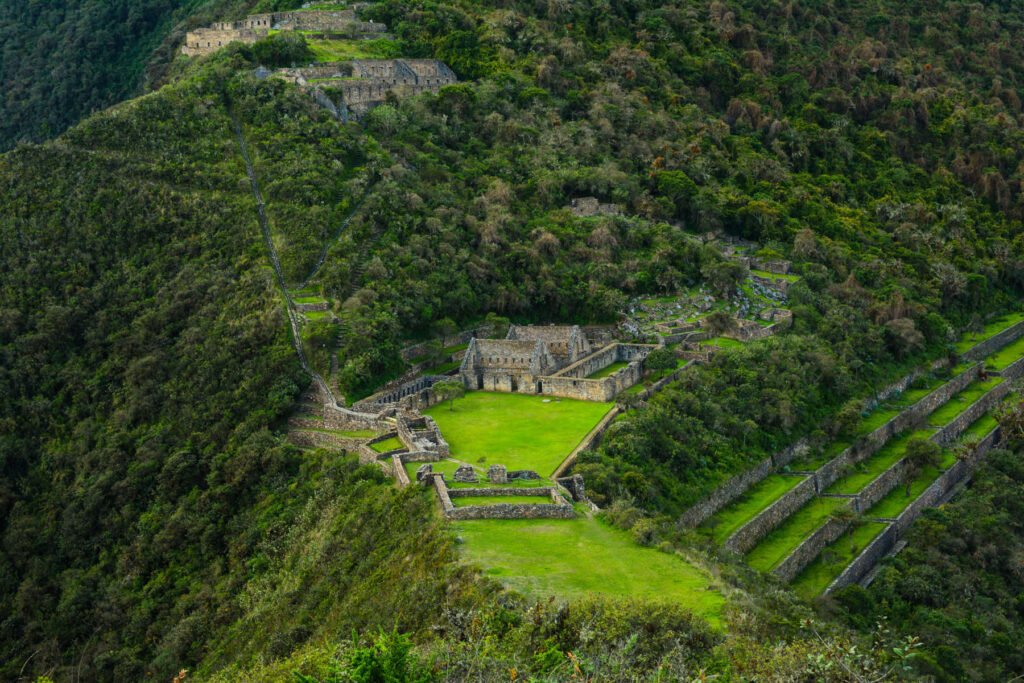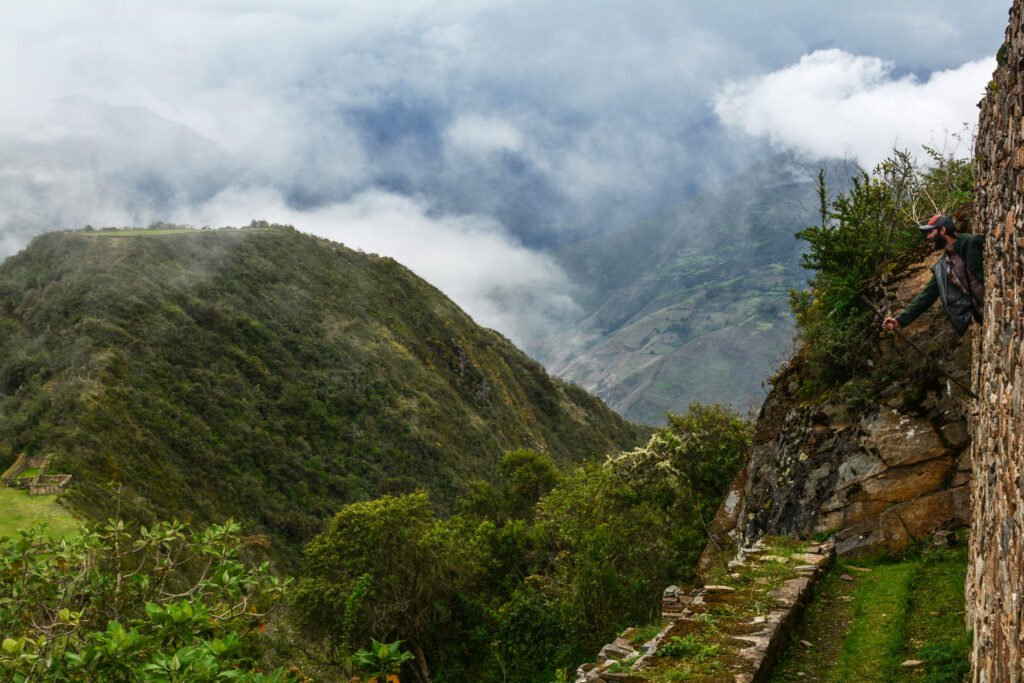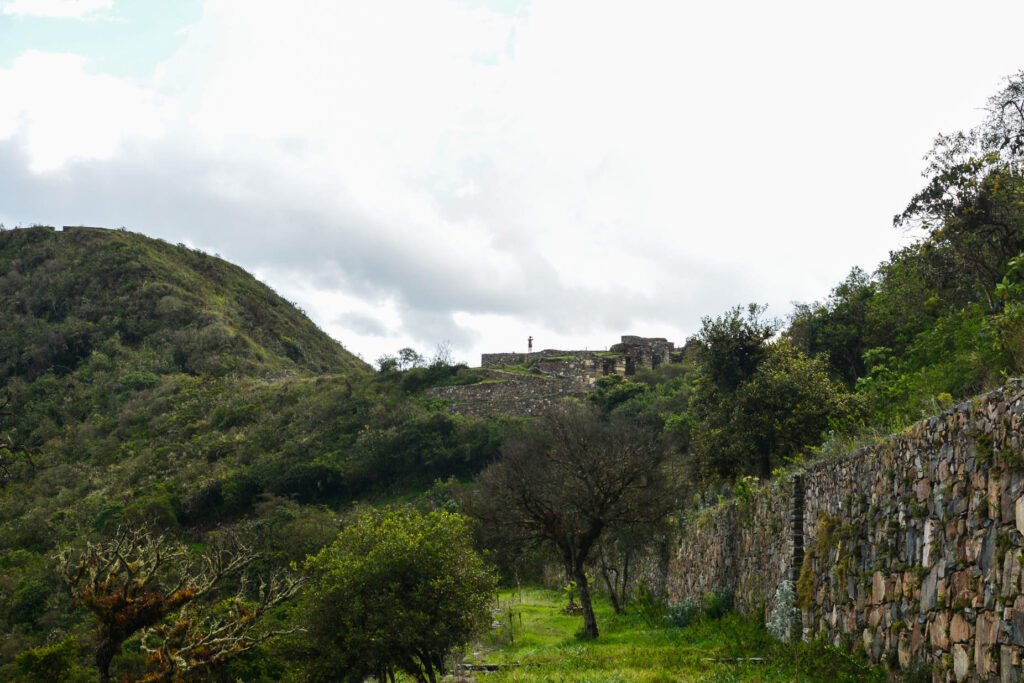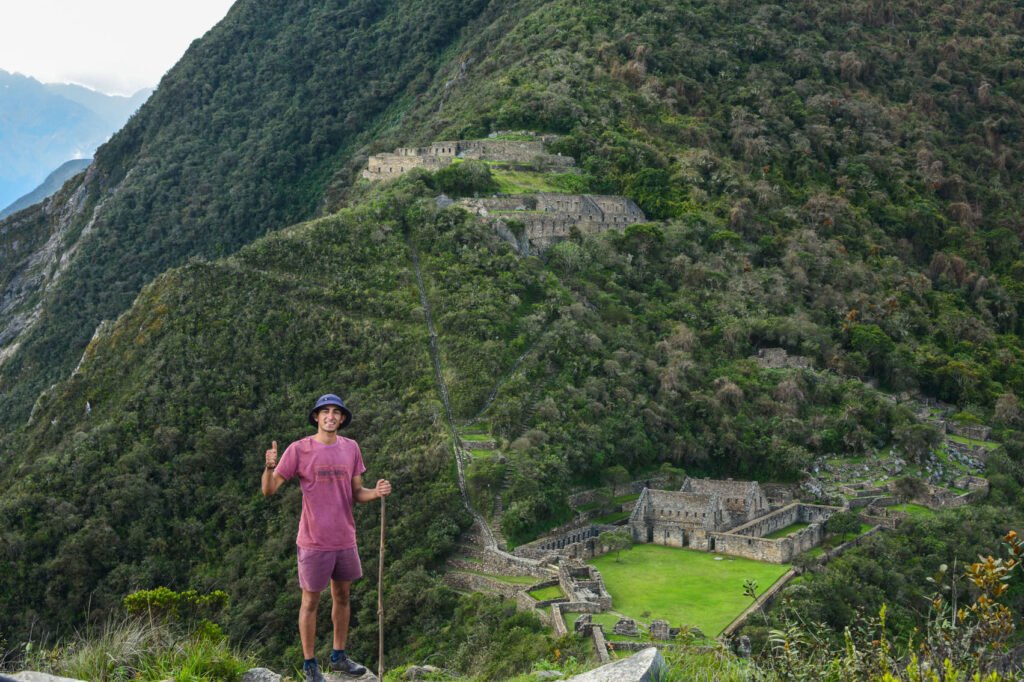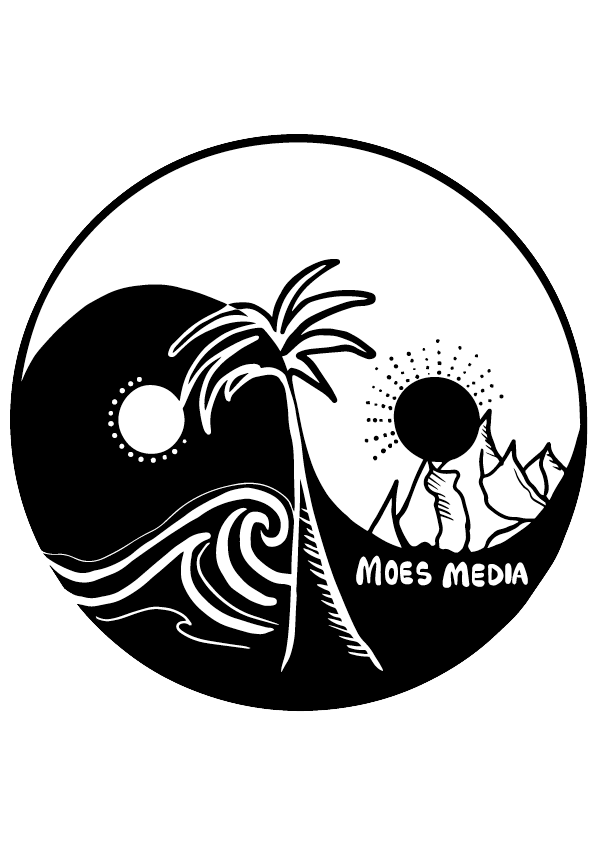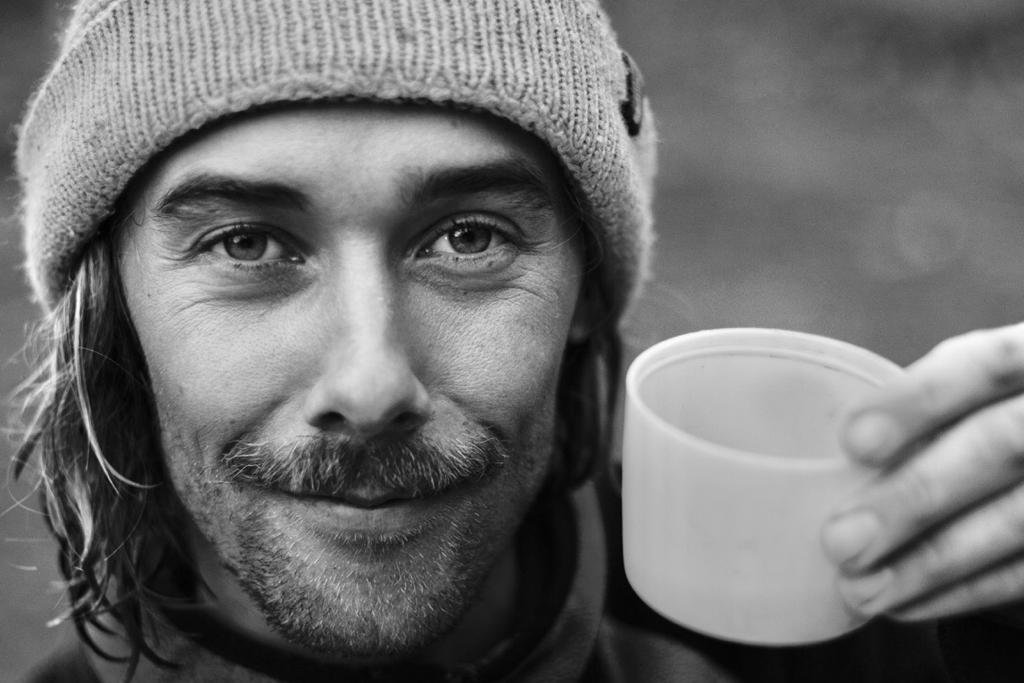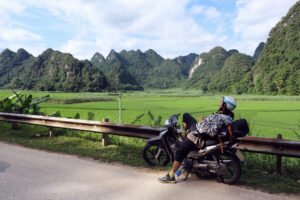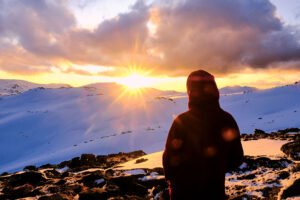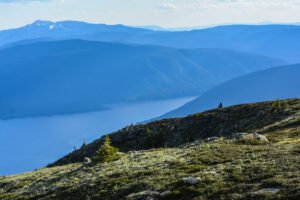The genius of The Incas
In late 2019 my mate Ben and myself set out from Cusco for the hike of a lifetime to hike from the relatively unknown Choquequirao ruins to the famed Macchu Picchu ruins. I could write a whole book about the 10 days we took to get to the ruins but for this post I want to focus solely on Choquequirao.
The Incan empire & society is one of the most fascinating civilizations in relatively recent human history. The Incan Empire lasted roughly only a century from the early 14th century to early 15th century when the Spanish conquered the Incans in 1532, but throughout that time and no doubt prior, the Incans built an impressive civilization based on agriculture, alignment with the cosmos and imperialism, which was connected by some 40,000km of road.
Take the path out to Choquequirao and beyond to Macchu Picchu if you are game enough and you can begin to understand the might and magnitude of the Incans who built villages and communities amongst and on top of mountains.


Getting to Choquequirao
To get to the start of the Choquequirao hike (Capuliyoc Mirador) I mainly followed the advice set out in ‘travel outlandish’ blog and it didn’t disappoint.
It’s a big mission to get to the start of the trailhead but totally worth it to see a side of some lost Incan ruins few get to see.
Assuming you start your journey from Cusco here are the steps to get to Capuliyoc Mirador:
- Take a taxi to Terminal Terrestre
- From here book a bus from Terminal Terrestre to Abancay and ask to get off at ‘Ramal de Cachora’. This part of the journey is about 3 hours and 150km away. Be sure to remain vigilant and remind your bus driver where you want to go. We were lucky for this part of the journey as we picked up another hiker and friend Alex whom spoke far greater Spanish than we did at the time. By the time we reached Ramal de Cachora it was dark and we were lucky we had Alex by our side to negotiate a ride to..
- Cachora! Normally you can take a collectivo from here to Cachora but as it was dark we had to settle to grab a shonky taxi and trust that we would get where we needed to go. It’s also probably a smart idea to book a homestay/hotel in advance as the place we were planning on staying had a wedding on that night and booked out the whole venue
- Finally take a taxi to Capuliyoc Mirador in the morning. If you are hiking in wet season don’t be surprised if you can’t get all the way to the top. When we went, there was roadworks after what was likely a landslide near the top.
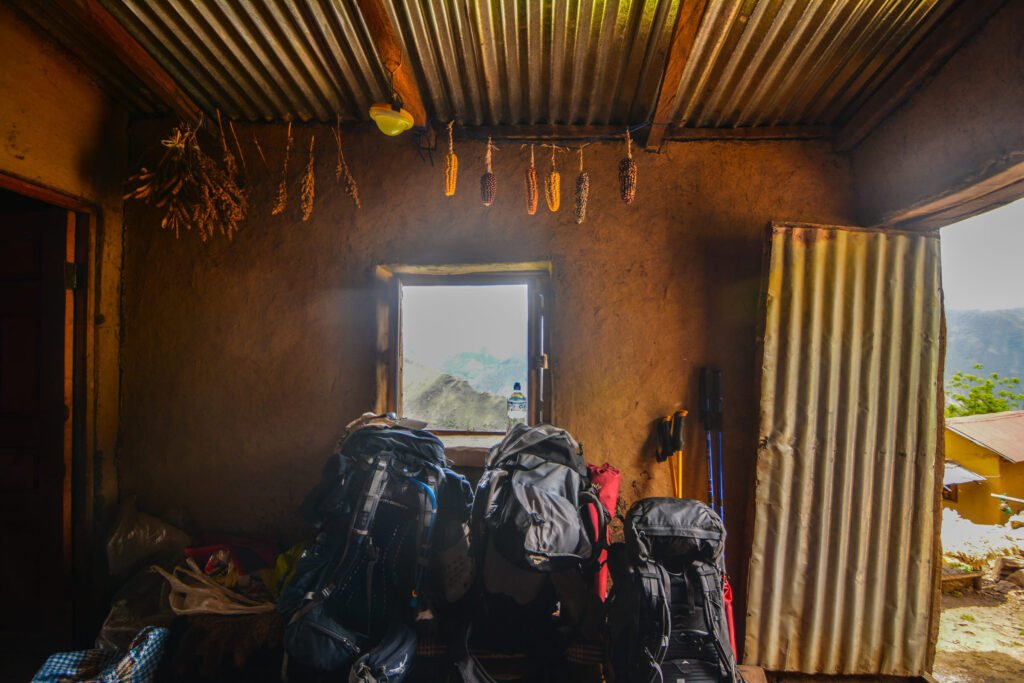
Difficulty of the hike - Doing it yourself
The whole trek going from Capuliyoc Mirador to Aguas Calinetas absolutely kicked our assess. I had just spent a lot of time in Canada hiking around and thought I had a good fitness base and I did, but after what we went through on what was supposedly called ‘the path of the crazy man’, I was humbled and wished I was that little bit fitter or I had carried less gear.
The Incans were in a league of their own and indeed the trails were crazy, some days we were ascending 1000m+ and then descending 1000m + in less than 10km of trekking. It is the hardest hike I have ever done. Period.
If I haven’t scared you off yet, the trek out to Choquequirao is much more manageable, although there is 1500m of descent and 1800mm of ascent, spread out over 3-4 days this is more than doable for a person with good fitness and experience. However if you are someone that is not so experienced or fit I would suggest getting a guide and/or some mules to carry your gear for you.
As I was someone on a budget when I was travelling in South America I decided to find a way to do Macchu Picchu cheaply, everything I was reading told me that I couldn’t do it under $1500 and that wasn’t going to hack it. That option for me was hiking from Choquequirao to Macchu Picchu unassisted. Plus I love the logistics of planning a trip and adventuring anyway.
Another thing worth knowing is that the hike is approximately 37.2km there and back from Capuliyoc Mirador, which is still a fair distance but with this time frame you won’t have to carry as much food and gear and fatigue shouldn’t be as much of an issue. In saying this I wasn’t expecting the humidity to be such of a factor and hills to be so tough, I guess I should have read the blogs more closely..
The appeal of Choquequirao vs Choquequirao Cable Car
The appeal of Choquequirao to me is in the adventure, the undisturbed ruins, the chance to roam and bask in culture and natural beauty without more than 5 people around you and to be able to ‘cooee’ and listen to your echo bounce off the canyon walls. This is in stark contrast to Macchu Picchu where everything is roped off and security will blow their whistle at you if you are one foot out of line. Much unlike Choqueuirao you are shepherded around and left to follow without freedom to explore. Is this where Choquequirao is headed? Seemingly so..
That’s one of the reasons why ‘The Choquequirao Cable’ is so controversial. Choquequirao receives an estimated 8,000 visitors per year compared to around one million at Macchu Picchu. The plan to install the cable car will exponentially increase visitors to up to 400 visitors per hour. To put this into perspective if the cable car was running at its predicted maximum capacity for just 20 hours, Choquequirao would receive its previous annual visitors in just that time alone. Undoubtably this will have far reaching economic implications for the surrounding communities, bringing extra wealth to the people that live here. However projects such as often miss the mark when discussing the other pillars of sustainable development. Many cultural, social and environmental issues need to be discussed and it often seems like they are not when the sparkle of large economic figures are thrown around. Questions arise such as: what affect will this project this have on the river systems? Will locals be displaced long-term and where will they go? and what impacts will the increase of visitors have on the ruins?
The Cable car will bring visitors within 15 minutes of the ruins from the town of Kiuñalla, as opposed to a 4 day trekking adventure that takes you through epic valleys, river crossings and high mountain passes. Taking that journey in the footsteps of a great civilization made the hike extra special as it gave me a greater sense of how much effort went into building a civilization deep into the mountains, it truly is mind-blowing.
Ultimately, it’s important to strike a balance between economic development and preserving the cultural and natural heritage of the area. This requires careful consideration of all the potential impacts of the project and a commitment to sustainability and responsible tourism, after all these natural landscapes are the ones that provide and give people here a home. What do you think?
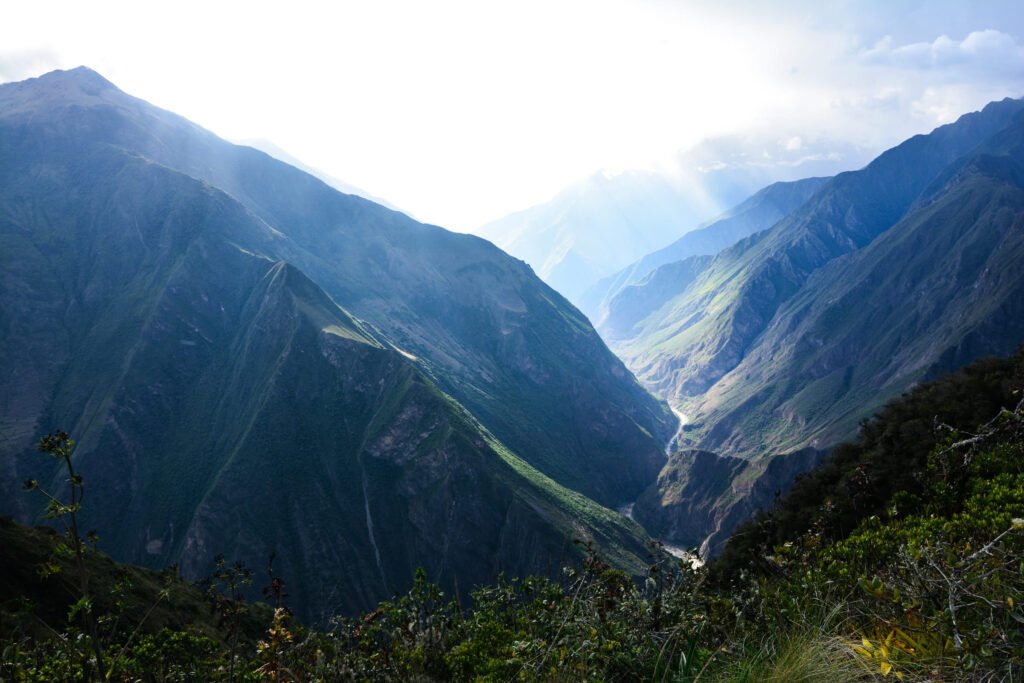
Things to consider
- Have a coffee & a bite to eat at Choquequirao Trail Shops before setting out
- Give yourself 4 days to tackle this legendary hike or up to 9+ to hike all the way to Macchu Picchu
- The best time of year to hike is between May & September during the dry season
- Hire trekking poles from any outdoor shop in Cusco – your knees will thank you
- Start at Capuliyoc Mirador to shave a significant distance off your trek
- Bring methods of water purification e.g. tablets, life straw etc.
- Keep an eye out for Andean Condors, historically a sacred animal to the Incans
- Choquequirao translates to ‘Cradle of God’
- Try chewing on coca leaves or drinking coca tea to alleviate symptoms of altitude sickness
- Hire a mule to help carry your gear if you don’t think you can do it by yourself
- Bring cash with you the entrance fee to the hike is 60 soles/24 aud. There are also little tiendas along the route at the villages to purchase, tea, coffee and snacks
